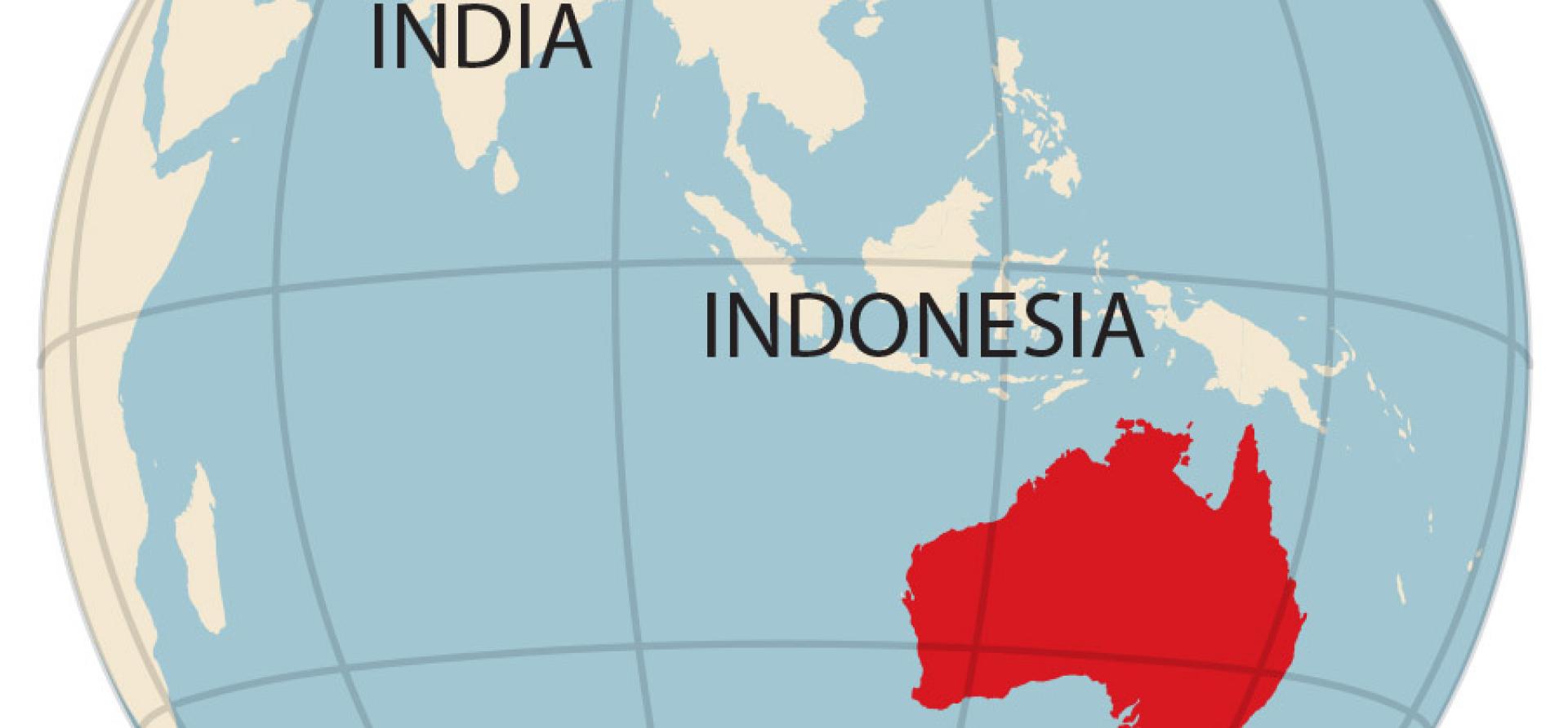Early Eraring coal plant closure highlights future of energy system is renewables and storage

Key Findings
All brown coal generators and two-thirds of black coal generators in Australia's national electricity market could be closed by 2032
The future of the energy system is in renewables and storage, rather than coal.
Origin’s announcement highlights that coal closures are occurring much sooner than many expected due to the accelerating pace of the transition to low cost renewable energy and storage.
Today’s announcement by Origin Energy that it will potentially close Eraring coal power plant by 2025, seven years earlier than expected, highlights that the future of the energy system is in renewables and storage, rather than coal.
The Eraring coal-fired power plant in Lake Macquarie is Australia’s largest coal-fired power plant at 2,880 megawatts (MW).
Eraring has the highest operational cost of all coal generators in the National Electricity Market (NEM). For this reason, it’s facing strong financial pressure in the face of reducing wholesale prices and displacement by renewable energy.
Renewable generators have extremely low operating costs
Renewable generators have extremely low operating costs because they have zero fuel costs – wind and solar resources are free. Renewable generators can therefore bid into the market at very low prices, getting priority to be dispatched first, meaning that other higher cost forms of generation such as coal have to reduce their output.
Renewables are also reducing wholesale prices in the grid (particularly in the middle of the day, in the solar period), putting further pressure on coal generators.
Origin stated “the reality is the economics of coal-fired power stations are being put under increasing, unsustainable pressure by cleaner and lower cost generation, including solar, wind and batteries… The rapidly changing conditions in the National Electricity Market (NEM)… are increasingly not well suited to traditional baseload power stations and challenging their viability.”
“The cost of renewable energy and battery storage is increasingly competitive, and the penetration of renewables is growing and changing the shape of wholesale electricity prices, which means our cost of energy is expected to be more economical through a combination of renewables, storage and Origin’s fleet of peaking power stations.”
Early last year, IEEFA forecast that a coal generator closure by 2025 was likely (in addition to Liddell), due to the increasing unprofitability of coal generators. IEEFA forecast that Eraring would be the most unprofitable coal generator and therefore most likely to close.
Origin’s announcement highlights coal closures are occurring much sooner than many expected
This prediction came to fruition with the announcement today.
Origin’s announcement highlights that coal closures are occurring much sooner than many expected due to the accelerating pace of the transition to low cost renewable energy and storage.
Origin is accepting this reality and moving on, developing plans for a 700MW Eraring battery, and seeking “to bring online additional renewable and storage capacity, including a potential expansion of the Shoalhaven pumped hydro scheme, through the NSW Roadmap process.”
The NSW government is also moving with the tide, responding by accelerating transmission infrastructure and Renewable Energy Zones as per the State’s Electricity Infrastructure Roadmap, and planning the 700MW Waratah Super Battery.
The Australian Energy Market Operator (AEMO) has stated in response to the Eraring announcement that “Planned additional transmission capacity – including the announced battery – will give the state access to enough electricity generation to meet the Energy Security Target at the time Eraring closes.”
Origin has also stated that “new capacity additions should more than cover the firm capacity provided by Eraring”. Origin has also announced that it plans to put in place support for workers and communities.
All brown coal generators and two-thirds of black coal generators in the NEM could be closed by 2032
While Eraring’s 2025 exit could result in a temporary revenue uplift for other coal generators in the NEM, making them less likely to close in the short to medium term, coal generators will continue to remain under operational and financial stress as the growth of renewable energy continues into the future. Thus, more coal exit announcements are expected in the coming years.
AEMO has recently forecast (per the draft ISP step change scenario) that all brown coal generators and two-thirds of black coal generators in the NEM could be closed by 2032.
It is key for these coal closures to occur in an orderly manner so that adequate replacement energy resources are built in advance of any closures, and that communities and workers are supported through the transition.
Ageing coal generators should not be propped up financially in the form of capacity payments, orderly exit management contracts, or other forms of financial support. Providing financial support to emissions intensive, increasingly unviable energy resources to keep them in the system for longer is inefficient and will prevent emissions reductions.
Rather, the move to a new, low emissions, flexible energy system should be enabled and coordinated.
The NSW Government’s Electricity Infrastructure Roadmap is leading the way for the rest of Australia, in showing how renewables, storage and transmission can be developed to replace ageing coal-fired power plants, rather than paying unprofitable generators to remain in the system.
The move to a new, low emissions, flexible energy system should be enabled
NSW is also expected to announce a plan to support communities affected by the Eraring announcement.
IEEFA recommends all governments support the timely entry of replacement low emissions energy resources, develop a comprehensive overarching coal exit schedule, and implement just transition plans to support the affected communities and workers.
This will ensure power system reliability and provide greater certainty for communities to prepare and plan for their future.
By Johanna Bowyer, Australia electricity analyst, Institute for Energy Economics and Financial Analysis (IEEFA)
Related articles:
IEEFA: Australian government emissions projections show 44% of coal capacity will close by 2030
IEEFA: More clean energy investment will insulate against rising coal, oil and gas prices















